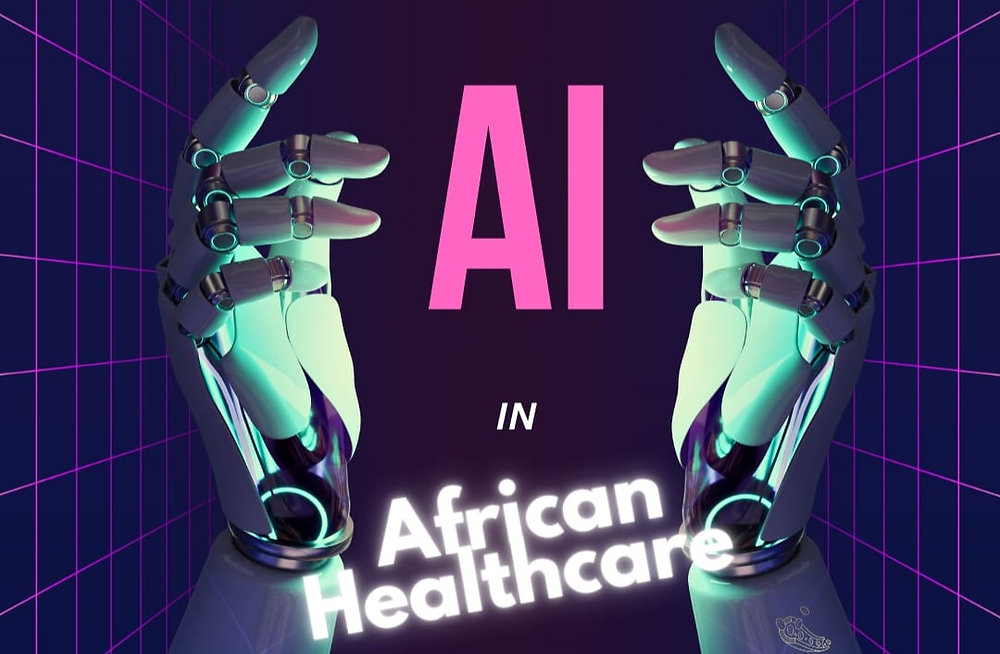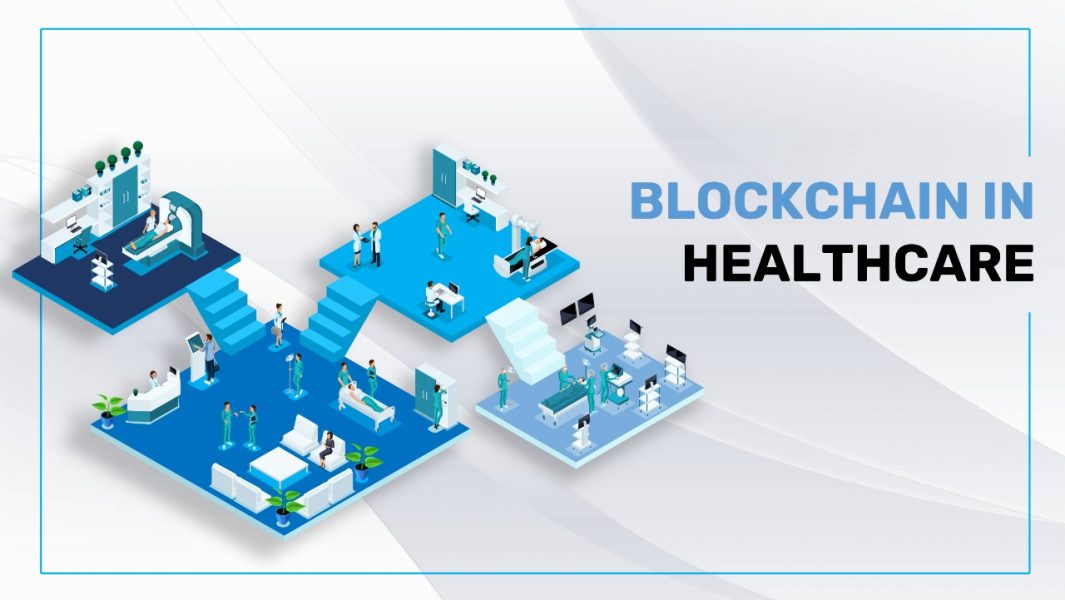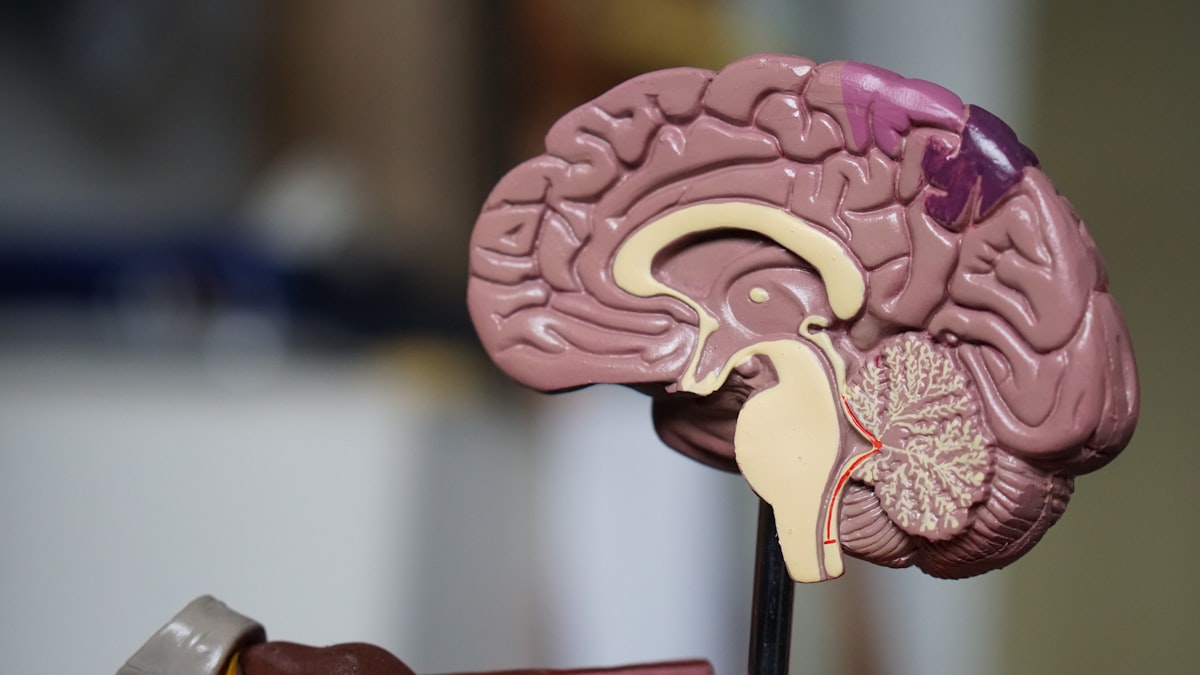From Rural to Urban: How Telemedicine is Bridging the Gap
DAS medhub Team
August 12, 2023
6 min read
Telemedicine is revolutionizing healthcare delivery by connecting patients in remote areas with specialists in urban centers. This technology is particularly vital in regions with vast geographical challenges, such as many parts of Africa, where access to specialized care can mean traveling hundreds of kilometers. By leveraging digital platforms, telemedicine eliminates the need for physical travel, reducing costs and time while improving health outcomes. In countries like Kenya and Nigeria, where rural populations constitute a significant portion of the demographic, telemedicine has become a lifeline, enabling timely interventions that prevent minor issues from escalating into major health crises.
The Rural-Urban Healthcare Divide
In many developing countries, healthcare resources are heavily concentrated in urban areas, leaving rural populations underserved. According to the World Health Organization, over 50% of the global population lives in rural areas, yet these regions often have less than 25% of the available healthcare professionals. Patients frequently delay seeking care due to high travel costs, long distances, and time constraints, leading to worsened health outcomes. For instance, chronic conditions like diabetes or hypertension often go unmanaged in rural settings, resulting in complications. Telemedicine addresses this divide by bringing expert consultations directly to patients’ locations, ensuring timely diagnosis and treatment.
How Telemedicine Works
Modern telemedicine platforms utilize video conferencing, secure messaging, and digital health records to facilitate seamless remote consultations. At DAS medhub, our platform integrates artificial intelligence (AI) for initial triage, which assesses patient symptoms and prioritizes cases for specialists, ensuring efficient use of their time. Patients can access consultations through smartphones, tablets, or computers, making healthcare more accessible. Key features include real-time video calls, file-sharing capabilities for medical images like X-rays or MRIs, and integration with wearable devices that monitor vital signs such as heart rate or blood pressure. These tools collectively enable comprehensive care delivery without the need for in-person visits.
"Telemedicine saved my life. I could consult a cardiologist from my village without traveling to the city." - Samuel K., Rural Ghana
In addition to consultations, telemedicine platforms often provide follow-up care plans and prescription services, streamlining the patient experience. For example, patients can receive e-prescriptions that are fulfilled by local pharmacies or delivered directly to their homes.
Impact on Healthcare Disparities
Studies demonstrate that telemedicine reduces hospital admissions by 30% in chronic disease management, as patients receive consistent monitoring and timely interventions. In our programs at DAS medhub, we’ve observed a 50% increase in follow-up appointment adherence in rural areas, significantly improving patient outcomes. Telemedicine also empowers local healthcare workers by providing access to specialist consultations, enhancing their ability to manage complex cases. This collaborative approach not only bridges geographical gaps but also reduces the burden on urban healthcare facilities.
Challenges and Solutions
Despite its promise, telemedicine faces challenges such as unreliable internet connectivity and limited digital literacy in rural communities. To address these, DAS medhub has developed offline-capable apps that store data locally and sync when connectivity is available. Additionally, we’ve implemented community training programs to improve digital literacy, teaching patients and local health workers how to use telemedicine platforms effectively. Partnerships with local governments and NGOs further support infrastructure development, such as satellite internet in remote areas.
The Future of Telemedicine
The future of telemedicine is bright, with advancements like 5G technology promising faster, more reliable connections for real-time consultations. Artificial intelligence will continue to enhance diagnostic accuracy and personalize care plans. Emerging technologies, such as virtual reality consultations and remote surgery guidance through augmented reality, are on the horizon, poised to make telemedicine even more immersive and effective. As these innovations unfold, telemedicine will play an increasingly critical role in creating equitable healthcare systems worldwide.
















